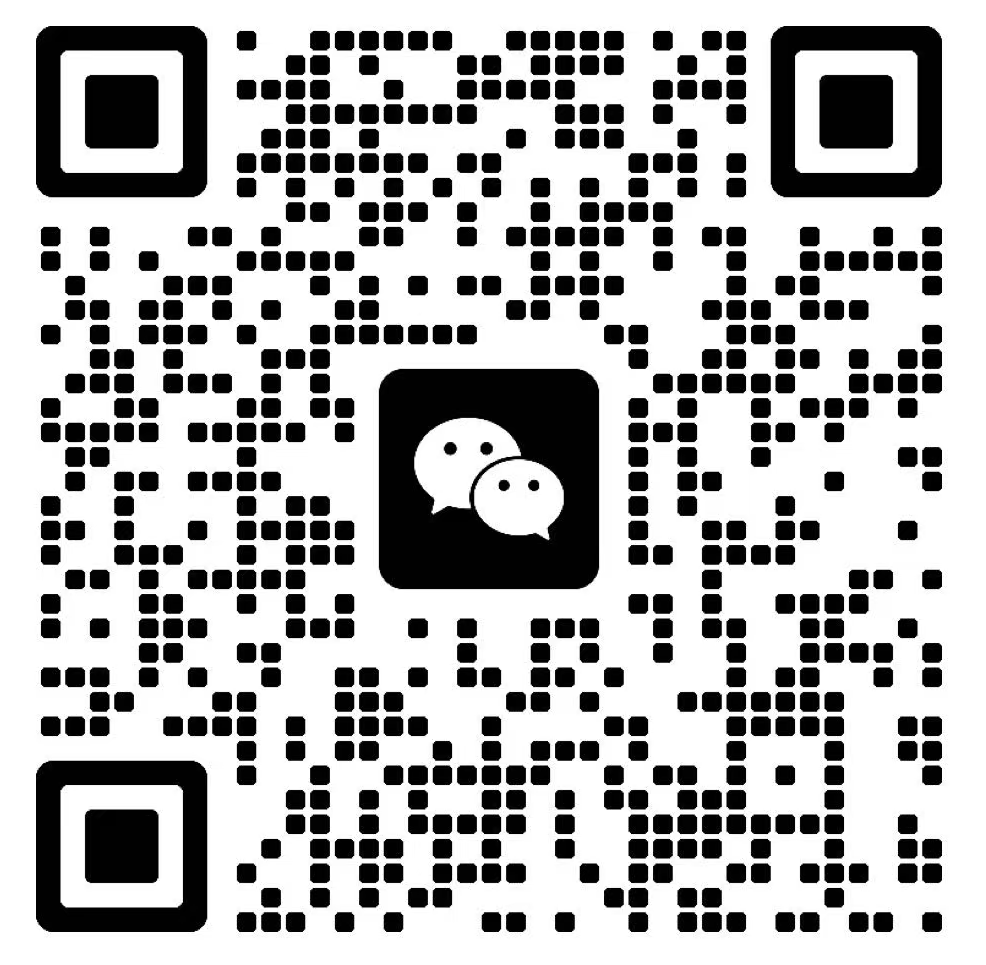Global Supply Chain Risks: Mapping Vulnerabilities from Rare Earth Mines to Magnets
The global supply chain for rare earth elements, alloys, and finished magnets has become an increasingly complex network, tightly interwoven with both industrial progress and geopolitical risks. With rare earths at the heart of modern technologies—from electric vehicles and wind turbines to smartphones—the supply chain’s weakest points can have ripple effects worldwide.
1. Mining: The First Node of Vulnerability
Most rare earth minerals are concentrated in a handful of countries, making mining sites the first major risk. For companies, it is not enough to simply secure a supply; the ability to source materials with properties such as high temperature resistance (耐高温) and corrosion resistance (耐腐蚀) is critical. Deposits in regions with extreme climates or chemical exposures require raw materials that are both robust and reliable.
2. Processing: Refining and Alloy Production
The processing of rare earths into usable alloys introduces new risks. Not all facilities are equipped to create materials with high coercivity (高矫顽力) and strong stability (稳定性强). High coercivity ensures magnets retain their magnetic properties under duress, while strong stability prevents degradation over time and under various environmental conditions. Facilities without advanced technology or access to clean raw materials may struggle to meet these standards.
3. Manufacturing Magnets: Meeting Technical Demands
The production of rare earth magnets is highly technical. Increasingly, customers require magnets with strong adsorption (吸附力强) and the ability to support customized magnet solutions (可支持定制化磁铁方案). These features are not just add-ons; they are essential for industries like automotive, medical devices, and renewable energy, where magnets are subjected to extreme conditions and complex geometries. Manufacturers that can guarantee both strong adsorption and customized solutions have a competitive edge.
4. Logistics and Transportation
Another point of vulnerability is logistics. Transporting sensitive materials over long distances—often across borders with varying regulations—exposes the chain to risks like delays, theft, and damage. Products with high temperature resistance and corrosion resistance are more likely to survive these logistical challenges, making these properties valuable not just at the point of use, but throughout the entire supply chain.
5. Downstream Integration and Final Applications
Finally, the integration of magnets into end-use applications reveals the importance of high coercivity, strong stability, strong adsorption, and customizable magnet solutions. For instance, wind turbines in coastal areas require magnets that can withstand saltwater exposure, while electric vehicle motors demand high coercivity for long-term reliability. The ability to tailor magnet solutions to these demanding environments is critical.
Conclusion
In summary, mapping the global supply chain for rare earth magnets uncovers a series of vulnerable nodes, from mines to final manufacturing. Across each stage, the ability to deliver products with high temperature resistance, corrosion resistance, high coercivity, strong stability, strong adsorption, and support for customized magnet solutions is both a technical necessity and a strategic advantage. Companies that invest in these qualities not only reduce risk, but also set themselves apart in a volatile market.




Jinconn WeChat









